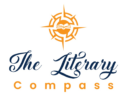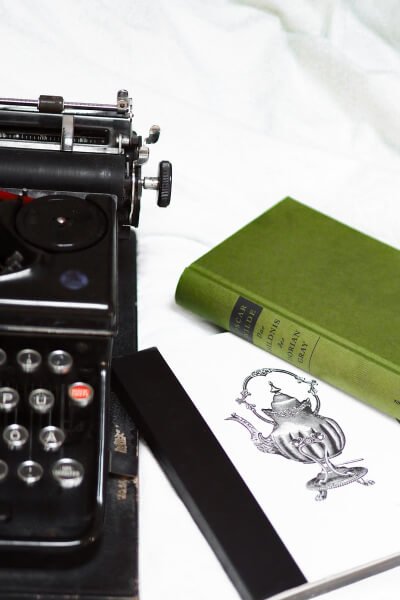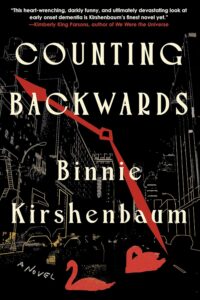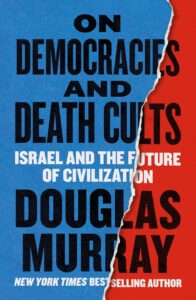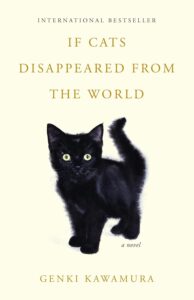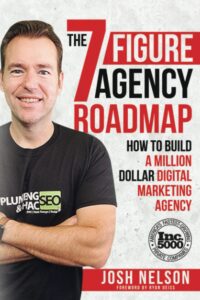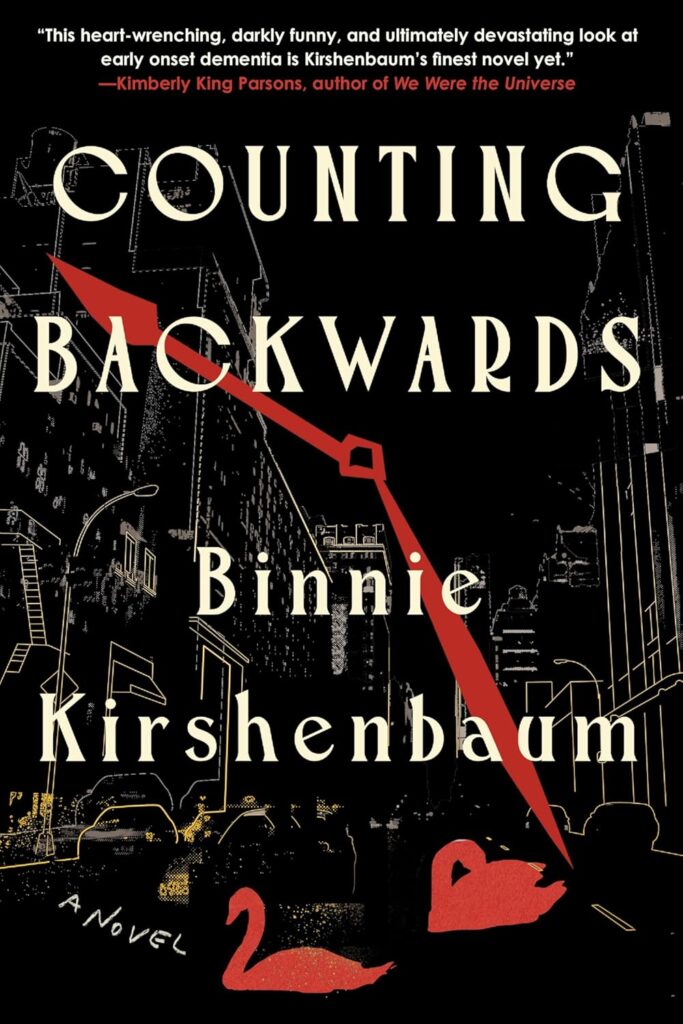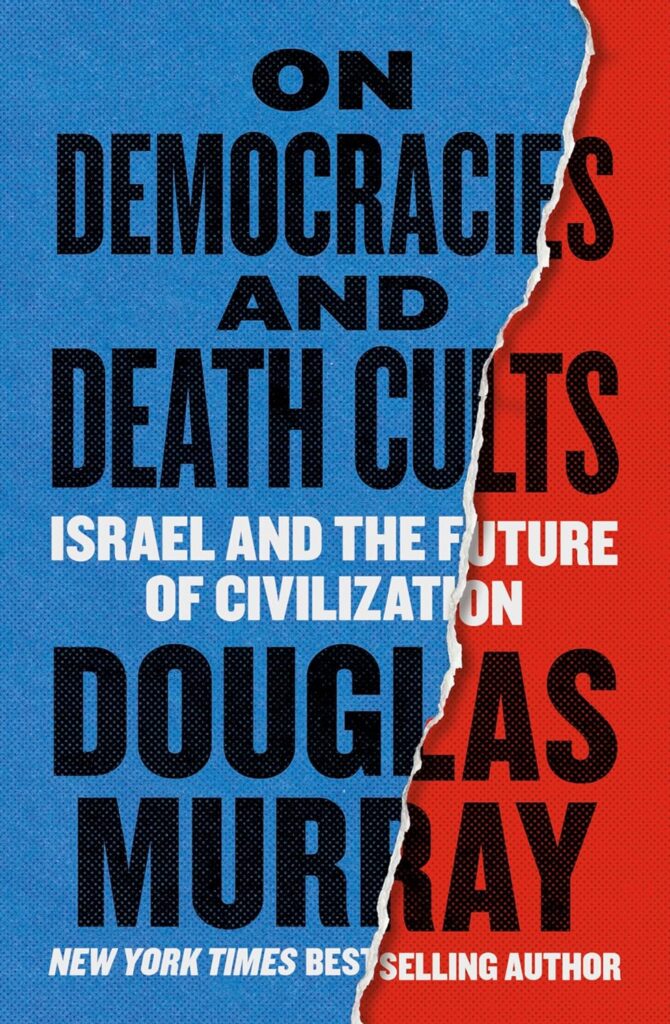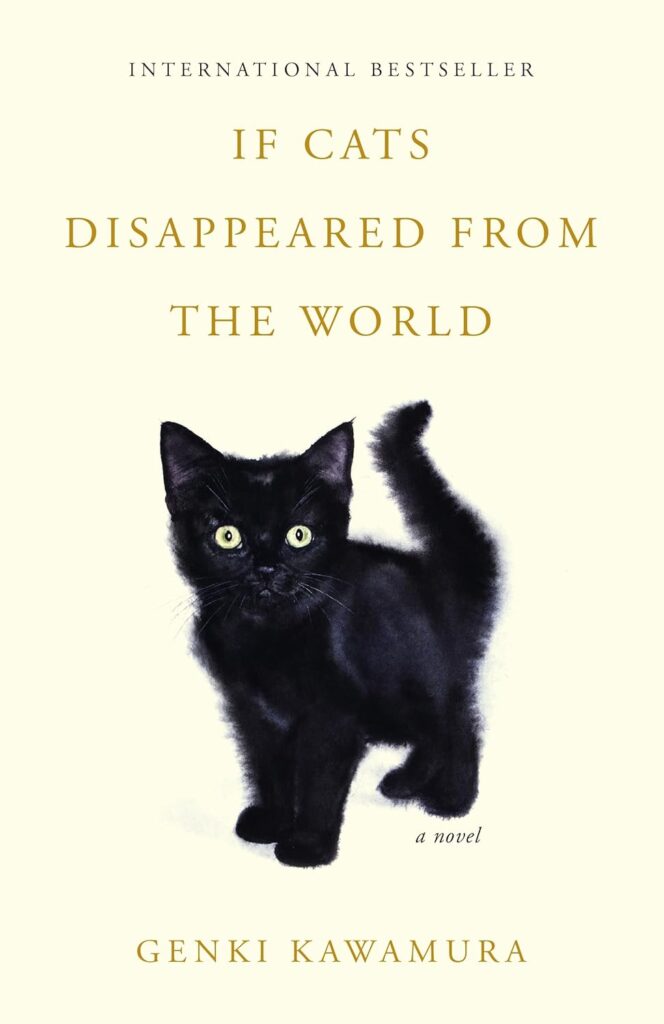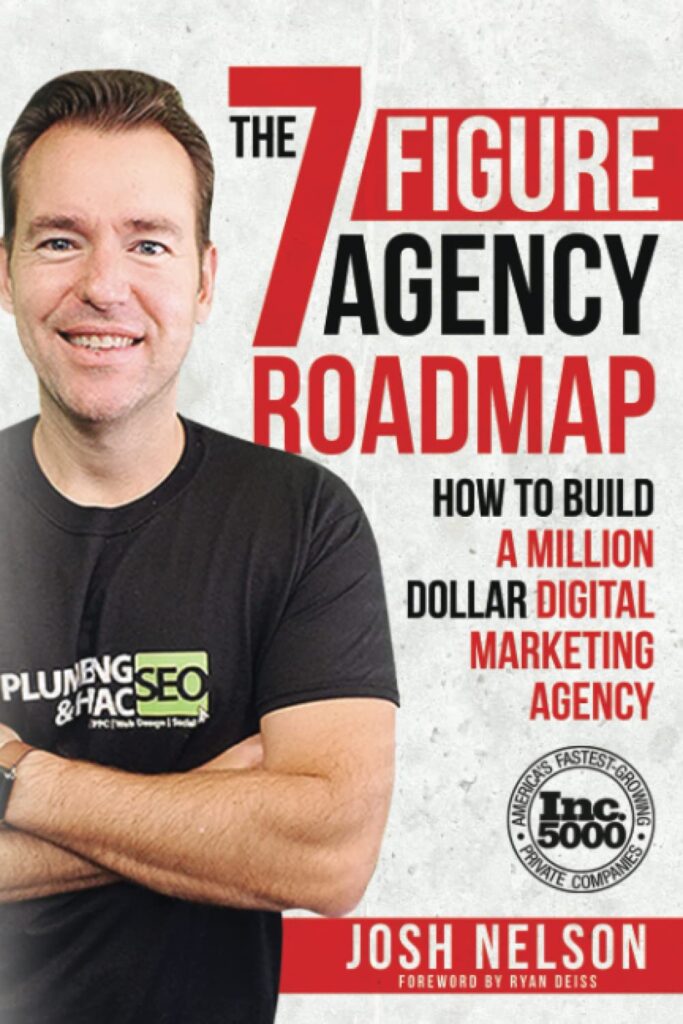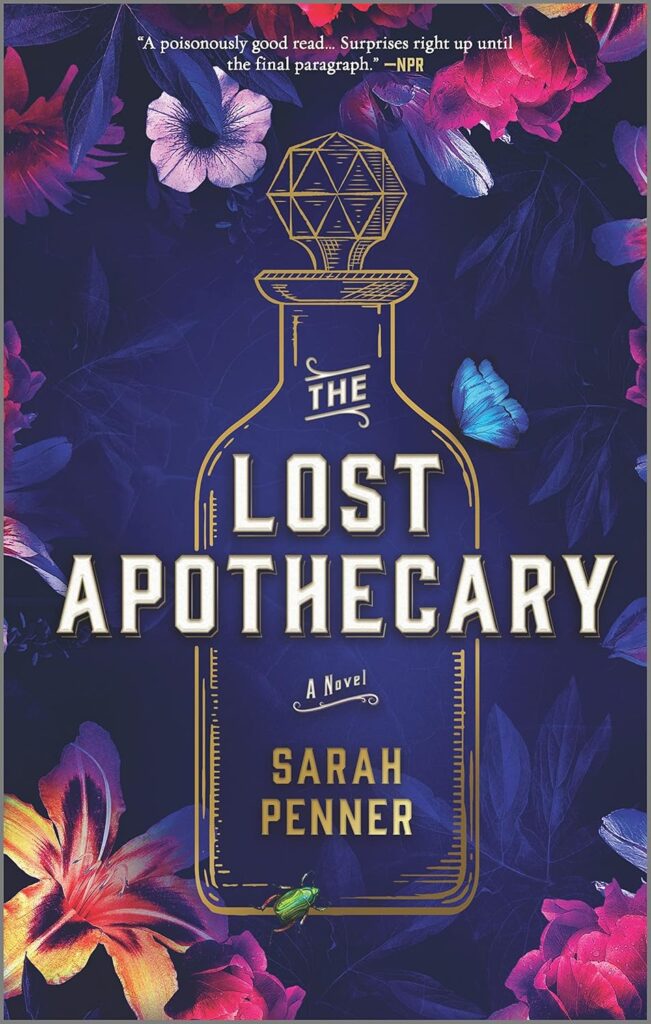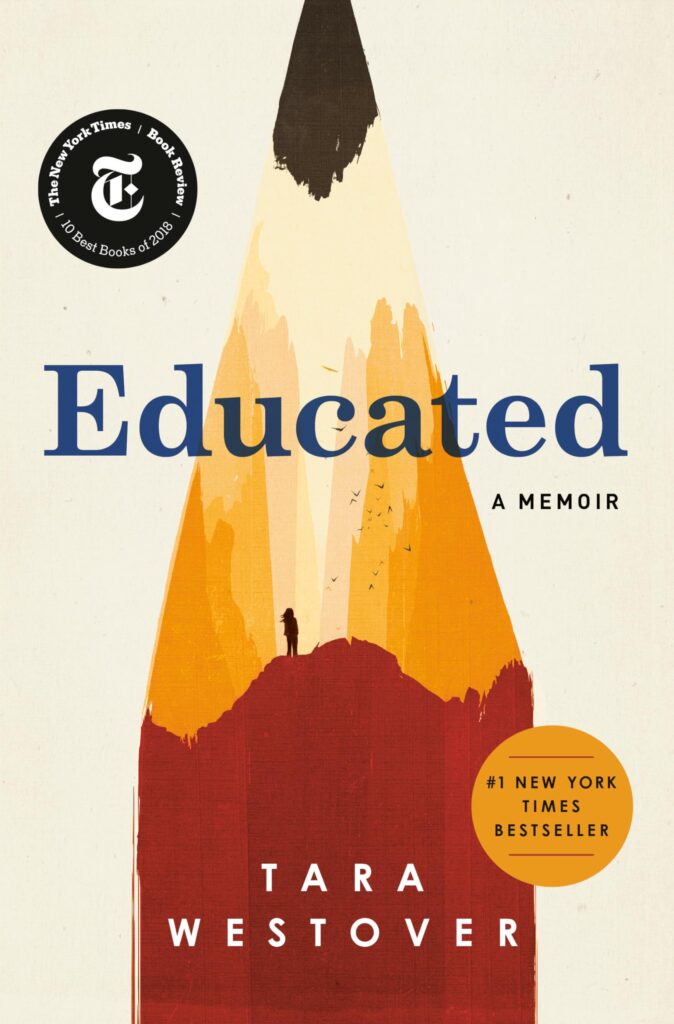Is it possible to question an author’s intent without throwing the entire story into chaos? Absolutely. But let’s be honest—sometimes it feels like trying to untangle headphones in the dark. You want to understand why the author made certain choices (What were they aiming for? Are they intentionally messing with your brain?), but you don’t want to lose sight of what’s actually happening in the story. The trick? Balancing curiosity with context, so you’re not over-analyzing every comma or metaphor like you’re deciphering ancient texts.
Understanding an author’s intent is about unlocking deeper meaning without ripping the plot to shreds. It’s less of an interrogation and more of a conversation—hypothetically, since the author’s not sitting next to you explaining their every motive. In this post, we’ll explore how you can ask the big “why” behind their choices while keeping the plot intact, like respecting the story’s backbone while poking it just enough to see if it flinches. Ready? Let’s make sense of it all without overcomplicating things.
Understanding Authorial Intent
When you crack open a book or dive into a story, do you ever wonder what was going on inside the author’s head when they wrote it? That nagging feeling of, “Wait, did they really mean for it to sound this dramatic?” or “Was that dialogue supposed to be funny—or just awkward?” is where authorial intent comes into play. It’s the “why” behind the story—the string that ties together choices like tone, characters, and plot themes into something (hopefully) cohesive. But here’s the catch: understanding authorial intent is as much about interpretation as it is about context. Let’s break it down.
The Basics of Authorial Intent
Authorial intent, at its core, is exactly what it sounds like: the author’s purpose—and sometimes accidental motives—behind their literary choices. It answers questions like:
- Why did they write the story? Are they trying to entertain, provoke thought, teach a lesson, or all of the above?
- How does the tone reflect their intentions? Is the work serious, playful, critical? Tone can make or break how the audience perceives the message.
- Who is the audience? Are they writing for kids, historians, sci-fi nerds, or maybe just themselves? Knowing the audience influences everything from vocabulary to themes.
- What’s the overall theme? This is often the heart of intent: the broader message or question the author wants readers to take with them.
Think of authorial intent like a recipe. The author has their list of ingredients—plot, characters, dialogue—and an end goal in mind (a romantic comedy? A dystopian tragedy?). You, as the reader, are tasting the final dish. You might enjoy it, misinterpret it, or focus on the wrong flavor entirely. But that recipe was always there, guiding the process from the start.
For a deeper dive, this definition of authorial intent outlines the basic principles you’ll need to keep in mind when analyzing a text.
Common Misinterpretations of Authorial Intent
Here’s where things get messy. People don’t always “get it” when it comes to an author’s intent. And guess what? That’s normal. Humans love to overthink things, and sometimes we just get it wrong. A few common pitfalls include:
- Overanalyzing everything: Not every blue curtain represents the author’s crippling sadness. Maybe they just like the color. Sometimes a plot point is just a plot point.
- Projecting personal biases: We all have baggage. But bringing your life story to the text and assuming the author shares your perspective? That’s where things go off the rails.
- Ignoring cultural or historical context: An author writing in the 1800s had a different worldview than one writing today. Forgetting that context can lead to wild misinterpretations of their intent.
- Forgetting that authors are human: Shocking, I know. But even your favorite genius author might have included a clunky metaphor or rushed plotline because, like the rest of us, they’re not perfect.
Want to see this debate in action? Check out this discussion on Reddit where readers argue if focusing on authorial intent is worth it—or if overanalyzing ruins the fun.
Why Authorial Intent Matters
Okay, but why should you care about authorial intent? Does it actually matter if you get the “point” of the story, or can you just enjoy it however you want? Spoiler: it depends. Authorial intent serves a purpose—several, actually:
- Academic Analysis: If you’re analyzing a novel for a term paper or book club deep dive, understanding the author’s intent can help you build a stronger argument. Why? Because their themes and choices likely influenced the literary techniques at play.
- Creative Writing: If you’re an aspiring writer, paying attention to authorial intent offers insight into why certain storytelling techniques work—and how you can steal, er, adapt them for your own work.
- Personal Development: Stories carry meaning, sometimes intentionally layered into the text by the author. Tuning into their intent can help you uncover lessons or themes that resonate on a deeper level.
For a nuanced perspective on the importance of intent, check out the VCE Study Guide’s take on authorial intent and how it adds depth to your interpretations.
At the end of the day, authorial intent is like the GPS of a story. You don’t always need it to enjoy the journey, but sometimes it can help you appreciate how everything connects—without spiraling into overcomplication. Keep it chill, stay curious, and remember: sometimes a cigar is just a cigar.
How to Approach an Analysis Without Losing Context
Analyzing a story is a bit like walking a tightrope—lean too far into critical thinking, and you risk falling into the abyss of over-complication. But if you don’t analyze at all, you might miss the layers of meaning crafted by the author. It’s all about finding that sweet spot where you’re asking questions, noticing patterns, but still loving the story for what it is. This section dives into practical strategies for keeping your analysis grounded so you don’t lose sight of the plot.
Reading with a Critical Eye
Reading critically doesn’t mean turning into a literary detective who scrutinizes every verb as if it’s the Rosetta Stone. It’s more like sitting in a coffee shop with a friend and casually noticing that the barista’s latte art might symbolize their free spirit. Fun, right?
To balance critical thought with pure enjoyment, try reading actively but not obsessively. Ask questions as you go—mental sticky notes, if you will—but don’t feel compelled to pause the story every five seconds. Keep the flow intact. For instance, if a scene feels oddly intense, note it mentally: “Oh, was this tension deliberate?” But don’t stop reading just to write a mini essay on the subject. Keep things conversational in your head.
Looking for actionable tips? Check out this A Short Guide to Close Reading for Literary Analysis for a practical breakdown.
Identifying Key Clues in the Text
Think of the author as the ultimate Easter egg hider. They leave behind crumbs in stylistic choices, repeated imagery, and even chapter structure. Your job? Follow the trail, but don’t go all “Sherlock Holmes with a magnifying glass” about it. Sometimes, it’s the subtle stuff that speaks volumes.
- Stylistic details: Maybe the language shifts, or there’s a ton of repetition. Ask yourself, “Why is this happening here?”
- Thematic hints: Sometimes a theme is like a drumbeat, faintly audible in the background. Is there a recurring idea (freedom, loss, identity) that feels like it’s driving the story?
- Structural elements: Does the author play with timelines or narration styles? That’s probably deliberate—like a chef sprinkling in some secret spice.
You can start exploring these concepts by checking out this guide to literary analysis. It’s a great way to get a clear understanding of what kinds of “clues” actually matter.
Questions to Ask While Reading
Not sure what to focus on? No problem. Asking the right questions can help you stay engaged and uncover the author’s intent without veering into conspiracy-theory territory. Here are some go-to prompts to keep on hand:
- Why did the author choose this setting? How does it influence the characters or the mood?
- What motivates this character’s actions? Are they being set up as a mirror or foil to someone else?
- How do the events connect to the overall theme?
- Are there any patterns in imagery or language?
- If there’s a shift in tone, what might that signal?
- How does the structure (e.g., shifting timelines, unreliable narrator) shape your understanding of the plot?
Feeling curious? These literature analysis questions can help sharpen your focus even further.
The Risk of Overanalyzing
Here’s the thing: there’s a fine line between thoughtful analysis and transforming into a literary wild conspiracy theorist. It’s like visiting an art gallery and being convinced that every brushstroke has apocalyptic undertones. Guess what? Sometimes, a blue curtain is just a blue curtain.
So, what’s the fix? Keep a balance. Remember, not everything has to mean something. If the analysis feels like it’s taking you away from the story or just killing all the fun, pump the brakes. Maybe jot down your thoughts to revisit once you’ve finished the book. Enjoying the narrative doesn’t mean you’ve failed as a reader—being swept up in the plot is part of the magic.
If you’re worried about crossing the line, this discussion on overanalyzing books offers valuable insights for keeping your analysis thoughtful, not excessive.
In the end, analysis is about enriching your reading experience, not dissecting it to smithereens. Stay curious but grounded, and most importantly—don’t forget to have fun.
Tools and Techniques for Uncovering Authorial Intent
Exploring an author’s intent feels a bit like peeling an onion—you uncover layer after layer, some making you tear up with realization and others just making you question how deep you actually need to go. But that’s where the fun lies, right? The key is approaching this journey with the right mindset (and tools) so you don’t just end up second-guessing your every thought. Let’s dive into some of the best techniques for understanding authorial choices without feeling like you’re playing literary detective on hard mode.
Annotating and Note-Taking
Active reading is your best friend when it comes to uncovering hidden meanings in a text. Think of it as having an ongoing dialogue with the book—or a sassy argument, if you’re feeling feisty. By annotating and note-taking, you’re bringing the story to life in your own words and marking the moments that make you stop and go, “Wait, what?”
Here’s why it works:
- Annotation tools: Highlight phrases, circle key themes, or leave snarky little comments in the margins. (Seriously, it’s therapeutic.)
- Questions for clarity: Scribble down questions as you read—“Why is this character obsessed with birds?” or “Is the storm a metaphor or just bad weather?”
- Connections: Draw lines between repetitive imagery, ideas, or symbols to track patterns.
And if you’re like me and prefer some structure, check out Active Reading and Note Taking. It breaks down practical strategies to keep your thoughts organized and your pencil busy.
Rereading for Deeper Understanding
Let’s get one thing straight: rereading isn’t just for hardcore bookworms or English teachers hyped up on literary theory. It’s where real clarity happens. Your first read is like the trailer to a movie—it’s exciting but often misses the finer details. The second read (or third, if you’re bold) allows the subtleties to surface, giving you a fresh angle on the author’s choices.
But how does rereading actually help?
- Picking up what you missed: Ever find yourself wondering, “Wait, when did this happen?” Rereading helps you catch all the breadcrumbs you missed.
- Context changes everything: Knowing the ending can make early chapters feel like a completely new story.
- Unpacking details: Repeated readings enable you to focus your attention differently each time—once for plot, once for themes, and maybe even once for language or tone.
For more on how rereading transforms your understanding, head over to this post about the benefits of rereading. It’s like having a cheat sheet for those “AH-HA!” moments.
Comparing Multiple Interpretations
Spoiler alert: there’s often more than one “right” way to interpret a story. (Unless the author shows up and says, “Hey, you’re wrong.”) By exploring different perspectives, you open up entirely new dimensions of meaning, kind of like adjusting the angle on a prism to see more colors. Whether it’s through lively discussions, scouring secondary sources, or even reading contrasting reviews online, comparing interpretations keeps you grounded—and sometimes blows your mind.
Here’s how to expand your perspective:
- Discussion groups: Find your fellow book nerds and dive into their takes. What struck them as important that you missed? Did they read that weird ending differently?
- Adaptations: Watch a film or TV version and notice what changes. Sometimes, seeing what gets included or excluded in an adaptation can reveal the core of what the author wanted to highlight.
- Secondary sources: Articles, essays, or critiques often provide fresh ideas and context that can reshape your interpretation entirely.
Need ideas to get started? This guide on using multiple interpretations can open the door to new ways of analyzing texts through film and discussion strategies.
By mastering these techniques, you’ll find yourself engaging with texts on a much deeper level. Whether it’s armed with a highlighter, rereading your favorite passages, or debating symbolism with friends, the process of uncovering authorial intent isn’t just about making sense of a story—it’s about enjoying the wild ride of interpretation.
Balancing Authorial Intent with Personal Interpretation
Let’s be real—reading isn’t just about cruising through chapters and soaking in plot twists (though, yes, we live for the drama). It’s a two-way street. There’s the author, who poured their vision onto the page, and then there’s you, the reader, bringing your own life, experiences, and biases into the mix. That’s where things get messy—and magical. Balancing what the author wanted to say with your personal take is like walking a literary tightrope. One wrong step, and you’re debating the meaning of a blue curtain for hours.
Navigating Subjectivity in Interpretation
Here’s the deal: You can’t hit “pause” on your personal lens when reading. It’s like trying to ignore a fly buzzing around your face—you just can’t. And honestly? That’s fine. A big part of enjoying stories is bringing your own experiences into the mix. But how do you make room for the author’s perspective without silencing your own?
Start by acknowledging that two things can be true at once. The author may have intended a scene to give off one vibe, but your own experiences might make it hit differently. That doesn’t mean you’re wrong. It just means you’re human. For example, a story set in a small town might feel nostalgic to some but claustrophobic to others. Both reactions are valid.
Consider these tips for balancing subjectivity with intent:
- Ask yourself “Why do I feel this way?” Is it the author nudging you in a certain direction, or are you reading through the lens of your own life?
- Look for textual evidence. Think of the text like a GPS. If your interpretation is miles away from what’s on the page, maybe it’s time for a U-turn.
- Be open to alternative views. Your gut reaction matters, but so does the intention behind the words.
Want to see different perspectives in action? Check out this discussion on author intent vs. reader interpretation for some spicy takes on where the line should be drawn.
The Role of Cultural and Historical Context
Here’s a plot twist: The world doesn’t revolve around you. (Shocking, I know.) And that’s especially true when it comes to analyzing stories. The cultural and historical context in which a piece was written can massively impact what the author was trying to say. If you ignore it, you’re basically reading with one eye closed.
Picture this: You’re reading a 19th-century novel, and the characters are all about duty and family honor. You, as a reader in the 21st century, might side-eye these characters harder than your high school nemesis. But back in their time, those values were as non-negotiable as paying your taxes. If you don’t understand the setting, you’re missing out on half the story.
Some key pointers for digging into context:
- Learn about the author’s world. What cultural norms, political movements, or economic realities shaped their writing? This guide on historical and cultural context is a good starting point.
- Spot outdated ideas. Not everything aged well. Chalk it up to the societal norms of the time, but also question whether the author might be critiquing those very ideas.
- Acknowledge how your own context plays a part. You’re bringing 2023 energy into a work from, say, 1823. Look at you, time-traveling in your mind.
Understanding context doesn’t mean you need to turn into a historian. But getting the basics down? It’ll help you see the bigger picture while still enjoying the smaller details.
When Authorial Intent Conflicts with Reader Perspective
And now, the million-dollar question: What happens when the author’s intent doesn’t vibe with your interpretation? Do you scrap your thoughts and bow down to their genius? Nope. But it’s also not about fighting to prove you’re right. It’s about finding common ground—or at least appreciating the tension.
Here’s an example: Say an author goes on record saying their book is about “the beauty of selflessness,” but you read it as a tragic tale of sacrificing too much. Who’s correct? Technically, both of you. After all, once the author finishes the story, it doesn’t just belong to them anymore—it’s a shared experience between writer and reader.
Here’s how to handle these spicy conflicts:
- Stay respectful. Calling the author clueless about their own work? Not a good look. Recognize that their perspective adds depth, even if you don’t agree.
- Ask, “What does my interpretation add?” Sometimes the way a story hits you says more about your worldview than theirs—and that’s okay.
- Be cool with ambiguity. Not every story wraps up nicely, and not every interpretation gets a gold star. The grey areas are where the good stuff happens.
Curious about how this dynamic plays out IRL? This blog post on authorial intent vs. reader response dives deeper into the debate of whose perspective really matters.
At the end of the day, balancing authorial intent with your own interpretation is a bit like mixing two colors of paint—messy, unpredictable, but (hopefully) beautiful. Keep the conversation going between your perspective and what’s on the page, and you’ll find a richer, more layered understanding of the story. Just avoid stepping into the quicksand of overthinking, okay?
Applying These Skills to Your Own Writing
Questioning an author’s intent isn’t just about dissecting stories for fun (though, admit it—it is fun). It’s also an incredible way to fine-tune your own writing. Think of it as reverse engineering a cool gadget: by figuring out how it works, you can build something just as awesome—or even better. Here’s how you can channel all that author-analyzing energy into upgrading your narrative game.
Learning from Other Authors
Ever read a passage that left you thinking, Dang, I wish I’d written that? Good news: you don’t need a time machine to steal—er, respectfully borrow—great ideas. Every moment you spend questioning authorial choices is a chance to absorb their tricks of the trade. Here’s the magic formula: Notice → Analyze → Apply.
- Spot What Works (or Doesn’t): Maybe you loved how the author set up their tension in Act One but felt the ending fizzled out. Make a mental note—or grab a notebook. What choices made their narrative shine? What fell flat?
- Break Down the Craft: Ask yourself why their choices hit the way they did. Did pacing add intensity? Was a side character unexpectedly compelling? Understanding these moves will help you make smarter decisions in your own stories.
- Imitate Without Copying: Don’t just mimic—make it your own. If an author’s use of dialogue feels natural, think about how it might sound with your own characters. (But keep things fresh, okay? Nobody needs Budget Hemingway.)
Want more perspective? Check out “How to Learn From Other Authors” for actionable advice on applying what you admire in others’ work to your own writing.
Avoiding Common Pitfalls in Writing
Let’s be real: spotting what’s messy in someone else’s book is a lot easier than recognizing it in your own. But here’s the tea—authors (ahem, that includes you) make common mistakes all the time. The good news is, learning to question authorial intent helps you dodge their landmines.
Here’s how to avoid storytelling disasters before they happen:
- Keep Your Theme in Check: Ever read a story that felt like five different movies mashed together? Yeah, that’s what happens when your theme goes MIA. Make sure every subplot ties back to a central idea—think of it as the north star of your book.
- Maintain a Consistent Tone: If your rom-com suddenly feels like a horror flick mid-chapter, readers are going to bail faster than someone ghosting a bad Tinder date. Stick to a tone that matches your story’s vibe.
- Develop Relatable Characters: No one cares about perfect people. (Where’s the fun in that?) Offer your characters flaws, struggles, and a bit of sass so readers connect emotionally.
- Nail Your Pacing: Too slow, and readers start scrolling Instagram. Too fast, and they’re confused. Balance is everything—like seasoning a soup. Don’t overdo it, but also don’t leave us starving.
For more on avoiding rookie mistakes, this guide on “The 7 Most Common Storytelling Mistakes” offers clear insights to strengthen your narrative.
By questioning authorial intent, you’re basically running a storytelling boot camp in your mind. You learn what works, spot traps to avoid, and—if you’re lucky—craft a story that’ll have your readers questioning the genius behind your every move. Now, go forth and write like a boss.
Conclusion
Questioning an author’s intent doesn’t have to be a mental balancing act that leaves you spinning. It’s about embracing curiosity while keeping your feet firmly planted in the story’s core. By asking thoughtful questions, using context clues, and knowing when to chill on the overanalysis, you can find that sweet spot between critical thinking and just vibing with the plot.
Remember, you don’t have to pick sides between “Team Author” and “Team Reader.” Both perspectives can spark a deeper connection with the text. At the same time, staying open to interpretations (even the ones that aren’t yours) will only make you a sharper reader—and maybe even a better writer.
So, next time you’re tempted to argue whether the blue curtains mean despair or just a HomeGoods sale, pause. Enjoy the story, ask the right questions, and let the process enhance—not erase—the magic of reading. And who knows? You might just uncover a layer of meaning that makes you love the story even more.
